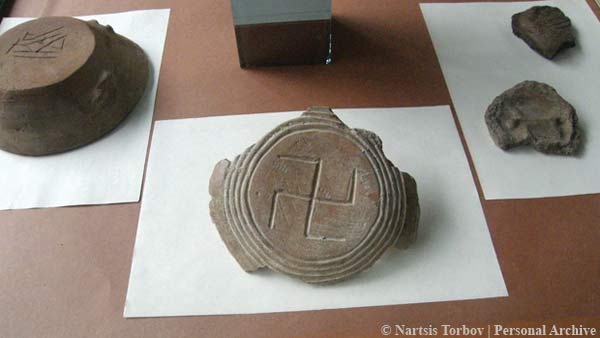OF THE
TIMES
"The purpose of GLADIO was to attack civilians, the people - women, children, innocent people, unknown people, far removed from any political game. The reason was quite simple: to force the public to turn to the State and demand greater security. Under a strategy of tension, you 'destabilize in order to stabilize', to create tension within society and promote conservative, reactionary social and political tendencies."
~ Italian neo-fascist whose prosecution led to the discovery of NATO's 'Gladio' networks across Western Europe
Hedgewick, Dracon. Technology is another word for a tool and does not have agency. In itself it is neither good nor bad.Only the living have to...
Just as the evidence shows lab created... there is a study suggesting that the virus was circulating for several months before being identified,...
The US funded and basically started the war in Ukraine from 2014. [Link] It was a guarantee that their provocation would result in an incursion to...
Michael Makovsky, CEO of the Jewish Institute for National Security of America. Why does the National Security of America need a jewish institute?...
Dracon Nuclear war cannot be survived on Planet Earth. Are you suggesting a mass suicide?
To submit an article for publication, see our Submission Guidelines
Reader comments do not necessarily reflect the views of the volunteers, editors, and directors of SOTT.net or the Quantum Future Group.
Some icons on this site were created by: Afterglow, Aha-Soft, AntialiasFactory, artdesigner.lv, Artura, DailyOverview, Everaldo, GraphicsFuel, IconFactory, Iconka, IconShock, Icons-Land, i-love-icons, KDE-look.org, Klukeart, mugenb16, Map Icons Collection, PetshopBoxStudio, VisualPharm, wbeiruti, WebIconset
Powered by PikaJS 🐁 and In·Site
Original content © 2002-2024 by Sott.net/Signs of the Times. See: FAIR USE NOTICE

Its a sauvastika, such as the Buddhists display.
Its not a swastika.